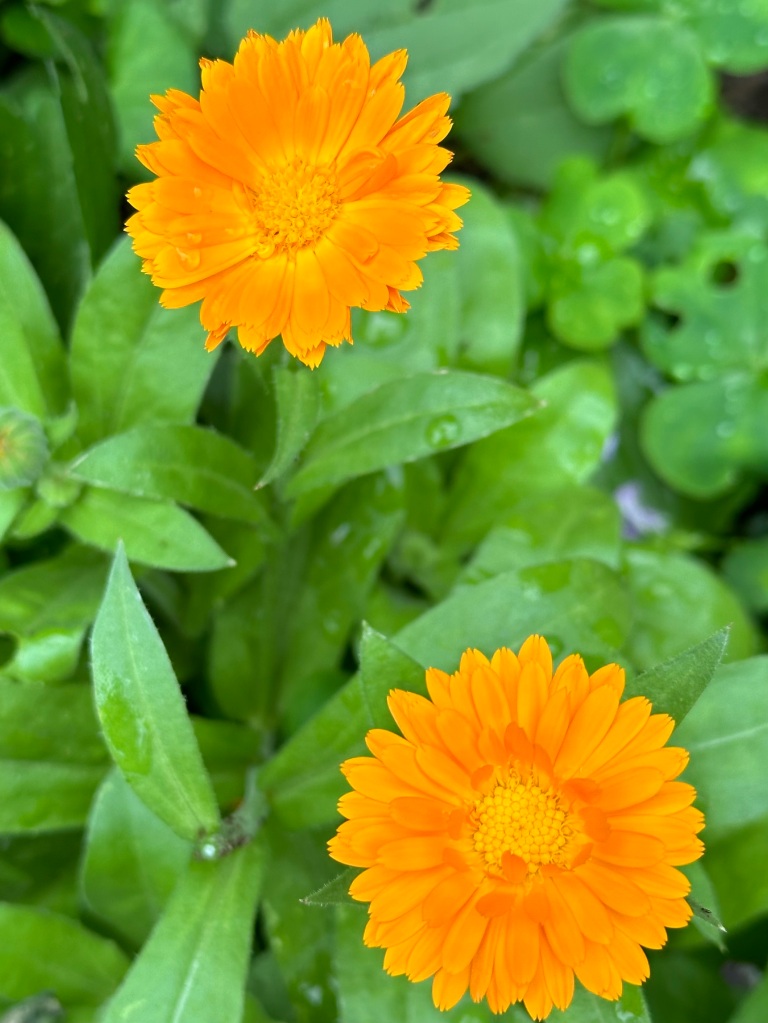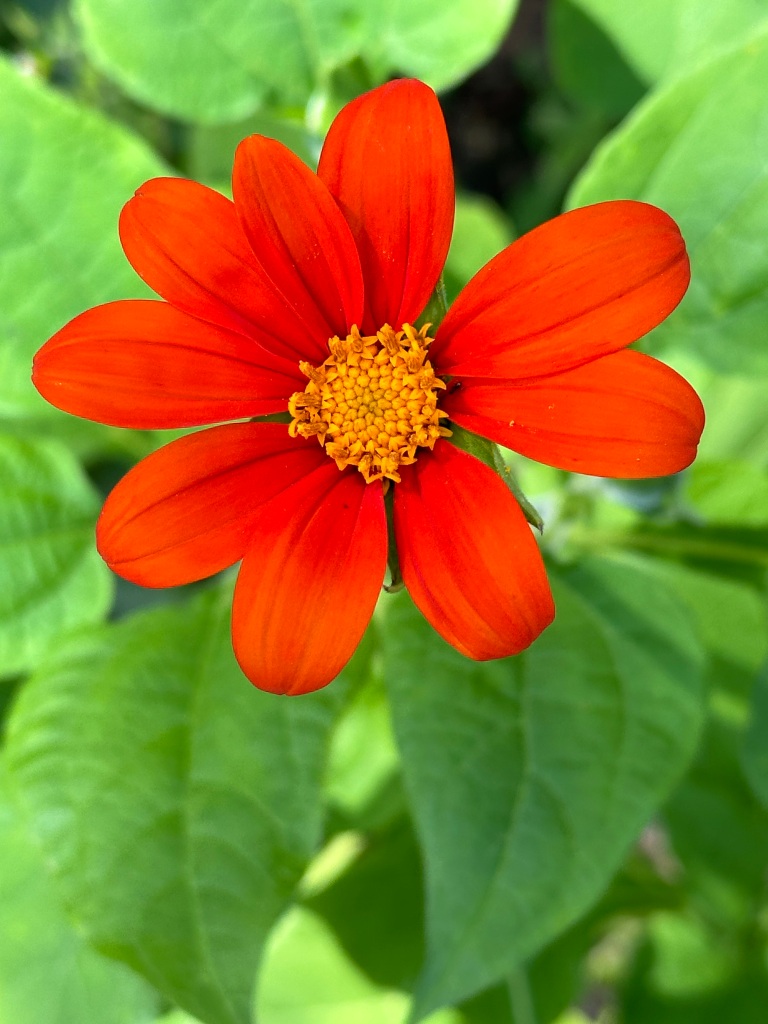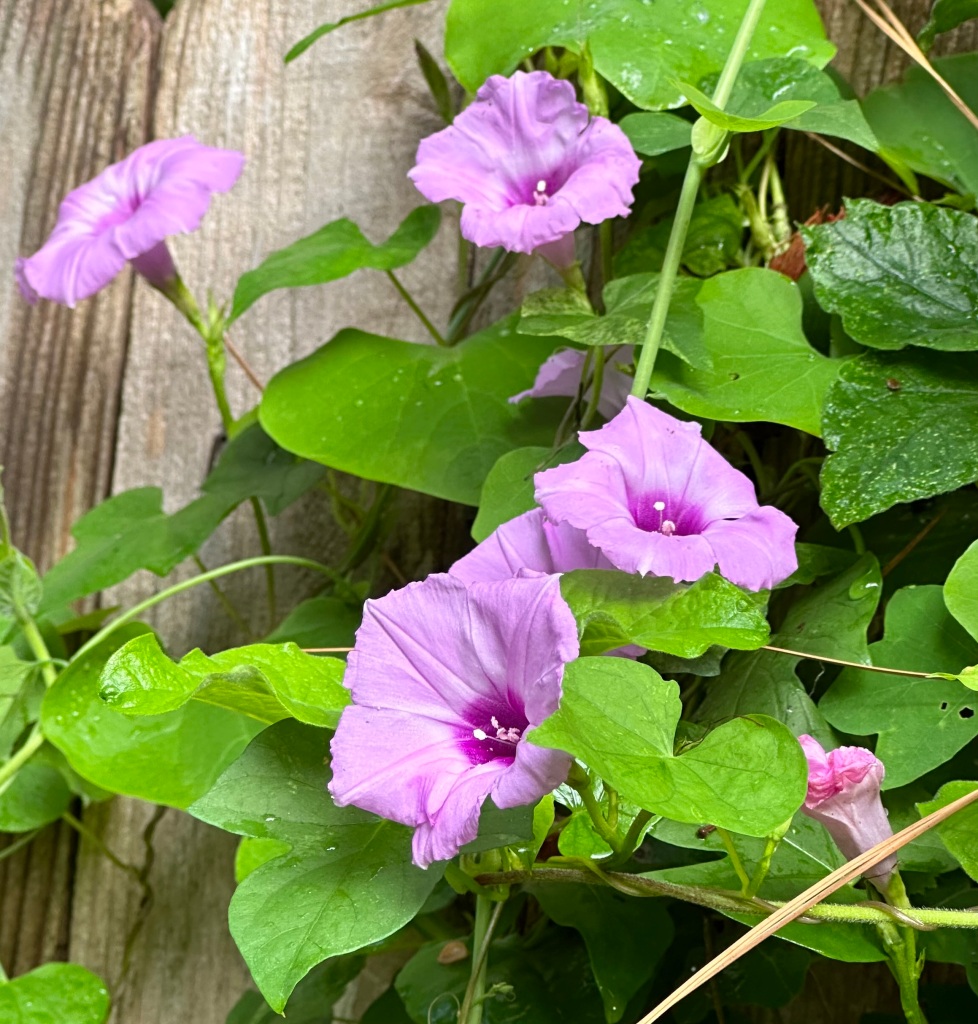The Asteraceae
Posted: May 27, 2024 Filed under: Gardening | Tags: Black-Eyed Susan, Blanket Flowers, Calendula, Echinacea purpurea, Gulf Coast gardening, Mexican Sunflower, Pot Marigold, Purple Cone Flower, Southern Gardening, Subtropical Gardening, Tickseed/Lance-leaved Coreopsis, Tithonia, Zinnia 11 CommentsThe Asteraceae are daisy-like flowers. I found a great list of them in Encyclopedia Britannica. All the names were familiar except pussy-toes. I don’t know who created this name, but I find it funny. Here are the Asteraceae that are currently growing in my garden beds.

Blanket Flower

Black-eyed Susan

Calendula or Pot Marigold

Mexican Sunflower or Tithonia

Tickseed

Purple Coneflower or Echinacea purpurea.

Zinnia
End of Season Blooms
Posted: December 4, 2023 Filed under: Gardening | Tags: butterfly ginger, Forsythia Sage, Hedychium coronarium, Hyacinth Bean, Zinnia 20 Comments

There is still a nice selection of flowers blooming in the Automatic Garden. I always replant the Hyacinth Bean seeds to keep it going. The flowers seem to like cooler weather and bloom when the heat breaks. The pods are a stunning dark purple color.

The Butterfly Ginger seems to be blooming a bit late, but it is always welcome.

Forsythia Sage (Salvia madrensis) always blooms in the fall and has a great yellow color.


The Zinnias are on their second or third seeding. They are on the small side this time of year, but the butterflies are enjoying them.
Another Turn Around the Garden
Posted: November 29, 2021 Filed under: Gardening | Tags: Automatic Gardening, balsam impatiens, Camellia sasanquas, cigar plant, Cuphea ignata, Gulf Coast gardening, Hamelia paten, hummingbird bush, Southern Gardening, Subtropical Gardening, Year-round gardening, Zinnia 23 Comments
The Cigar Plant, Cuphea ignata, is coming along after being frozen to the ground. The enlargement shows a more colorful flower that is very attractive to pollinators.

Balsam Impatiens are such a great plant that continuously reseeds itself throughout the warm season. It will take a rest during our short winter.

The Zinnias have been happy in the “cooler” weather and keep blooming.

I have watched the seeds on this Hummingbird Bush, Hamelia paten, turn reddish, then swell into dark purple berries.
Camellia season has begun with the Sasanquas starting the show.










